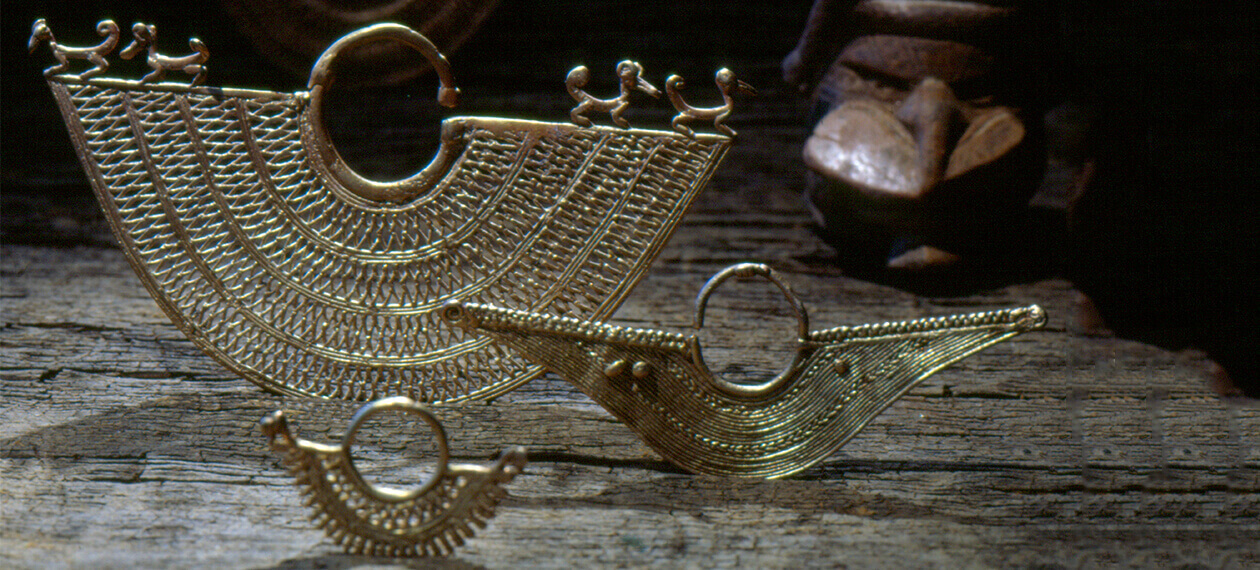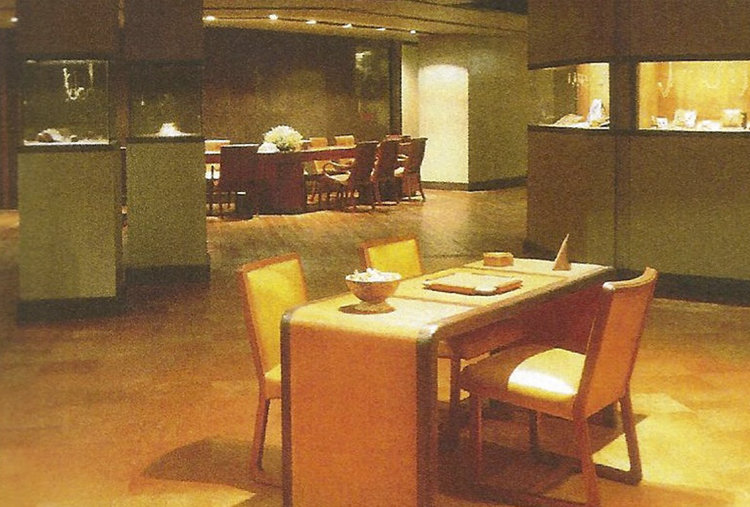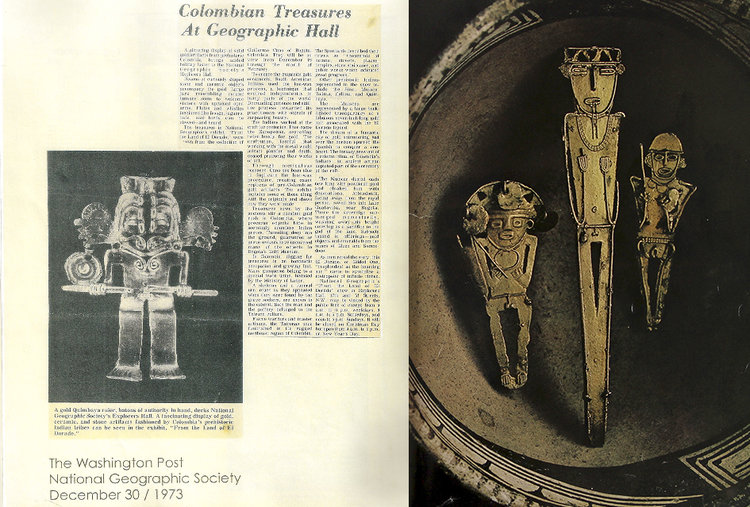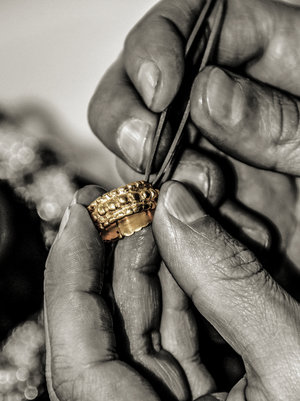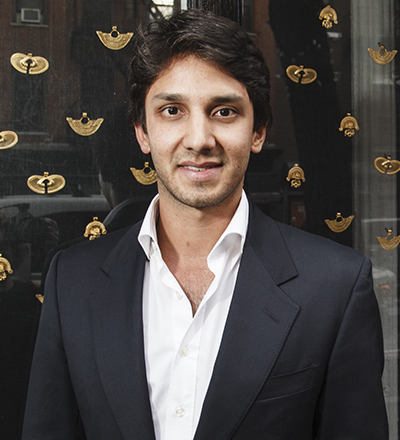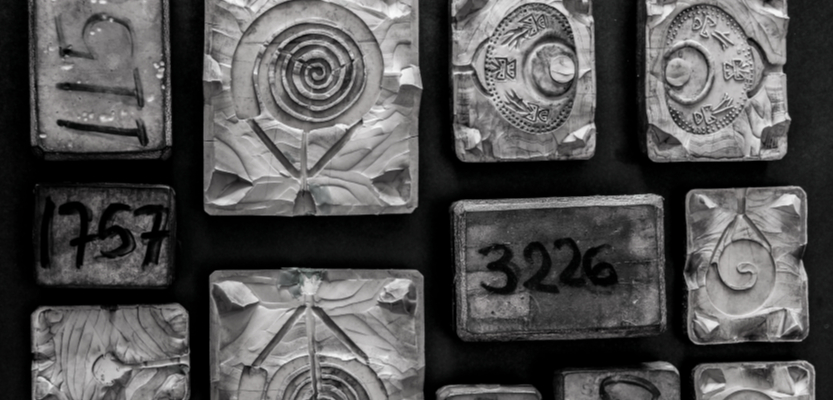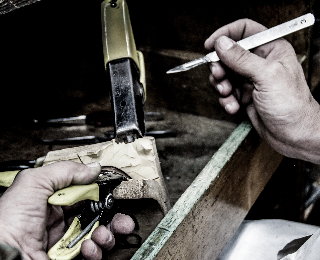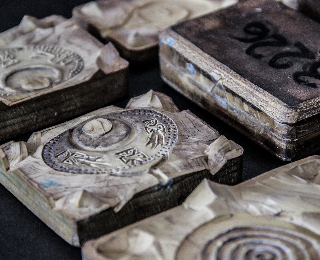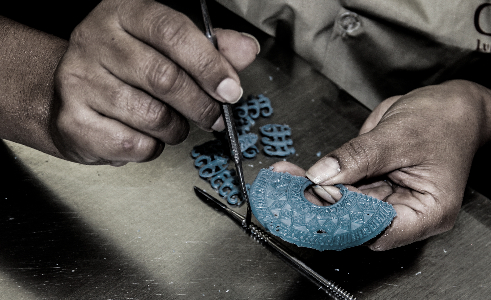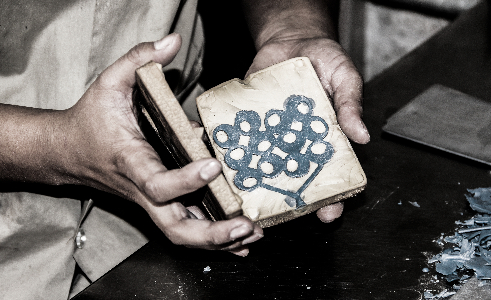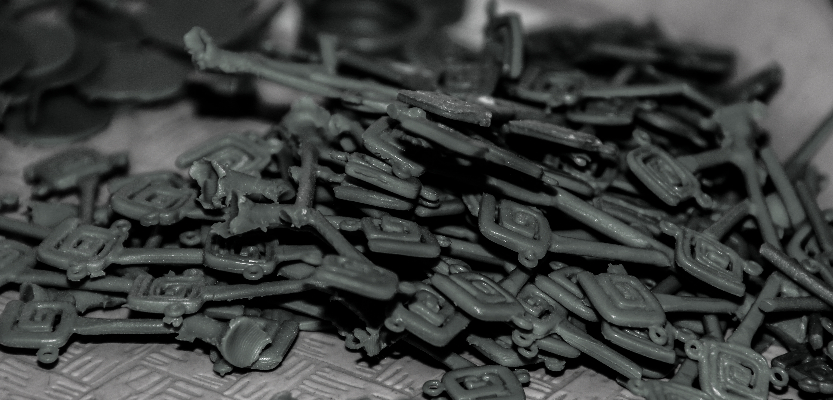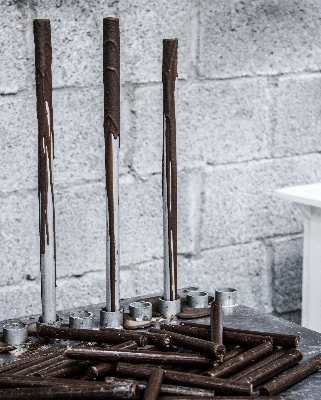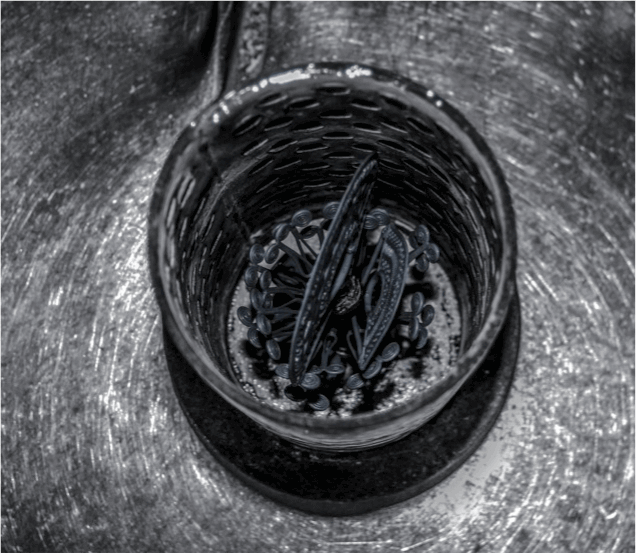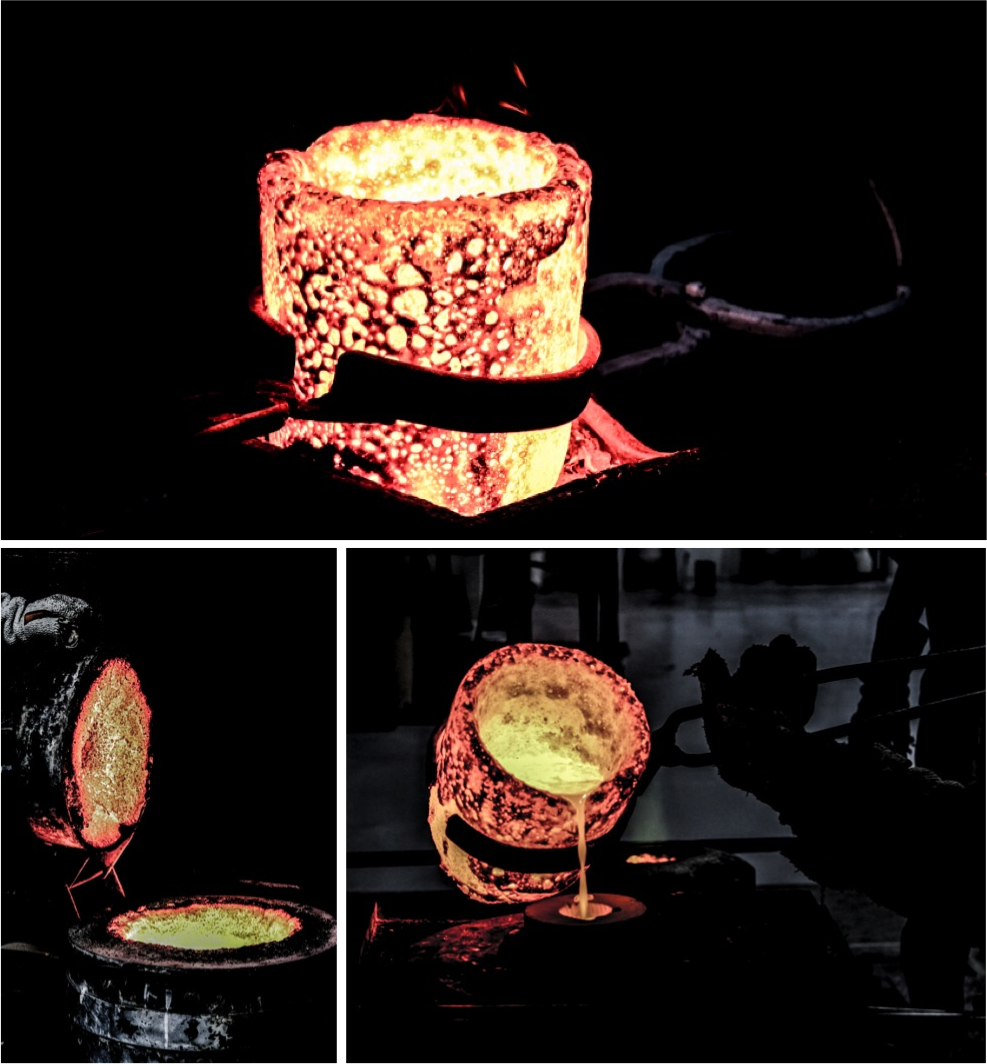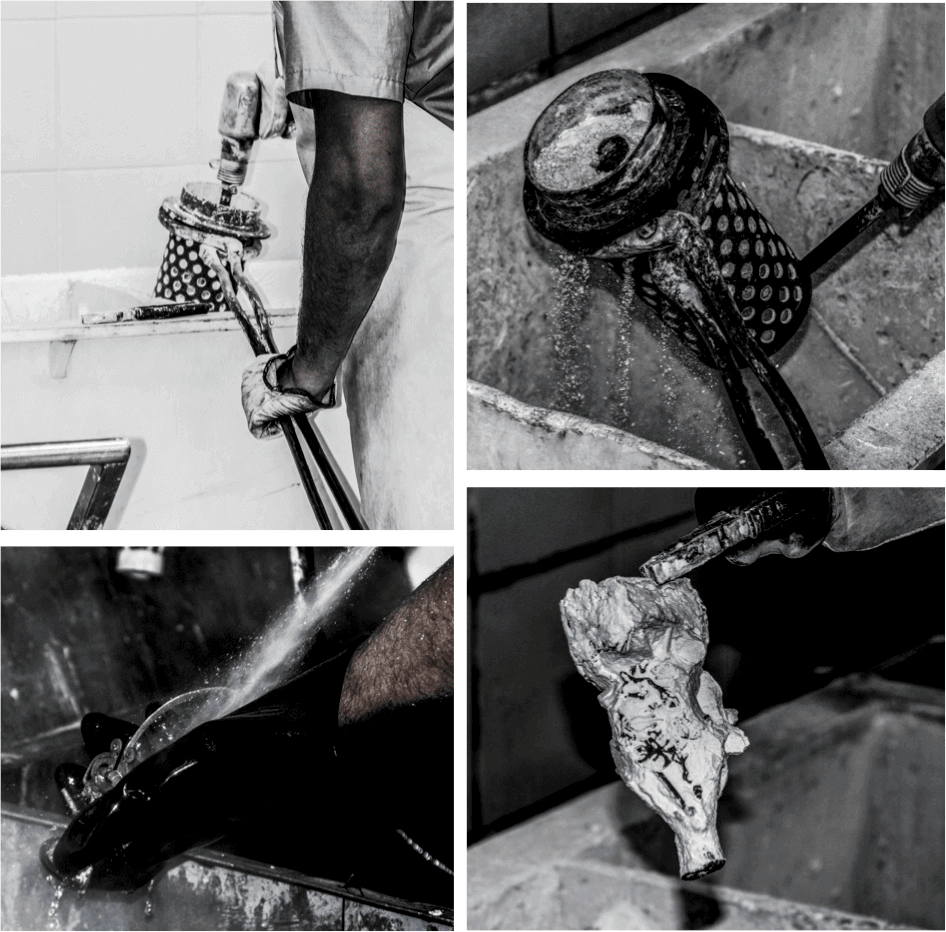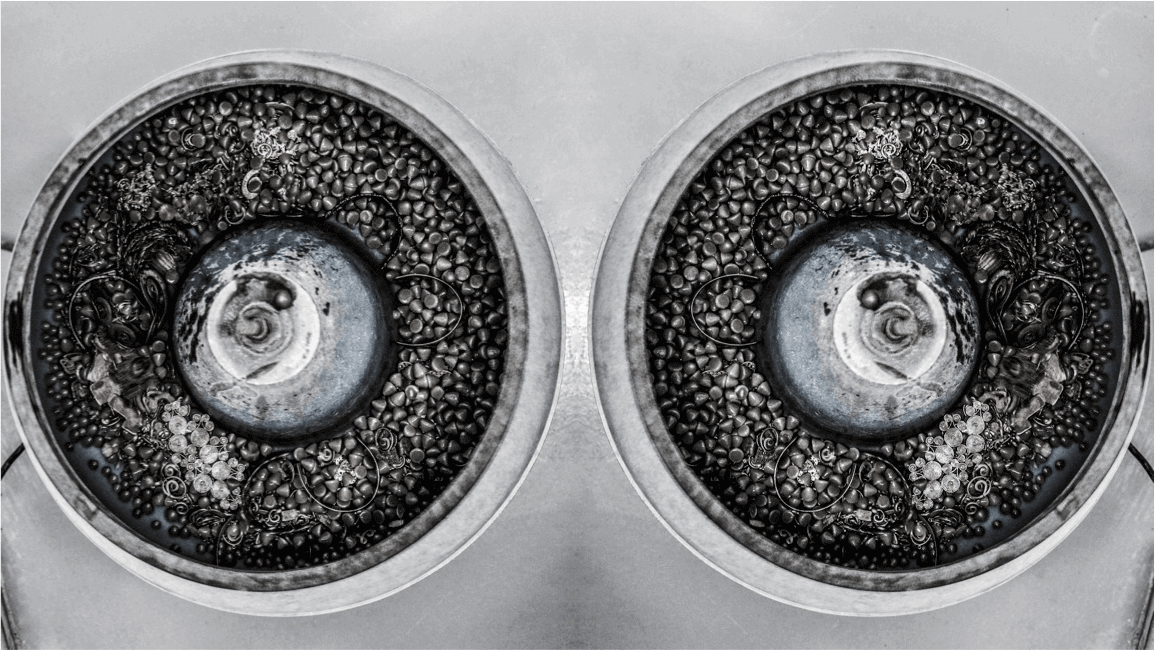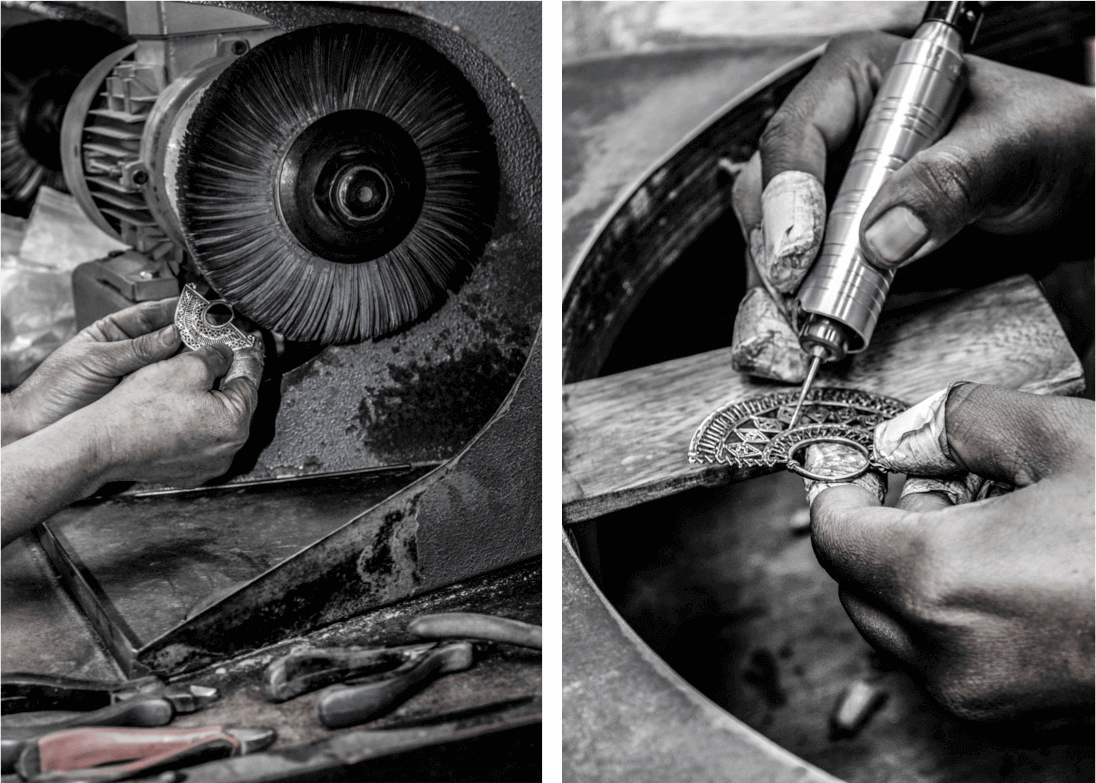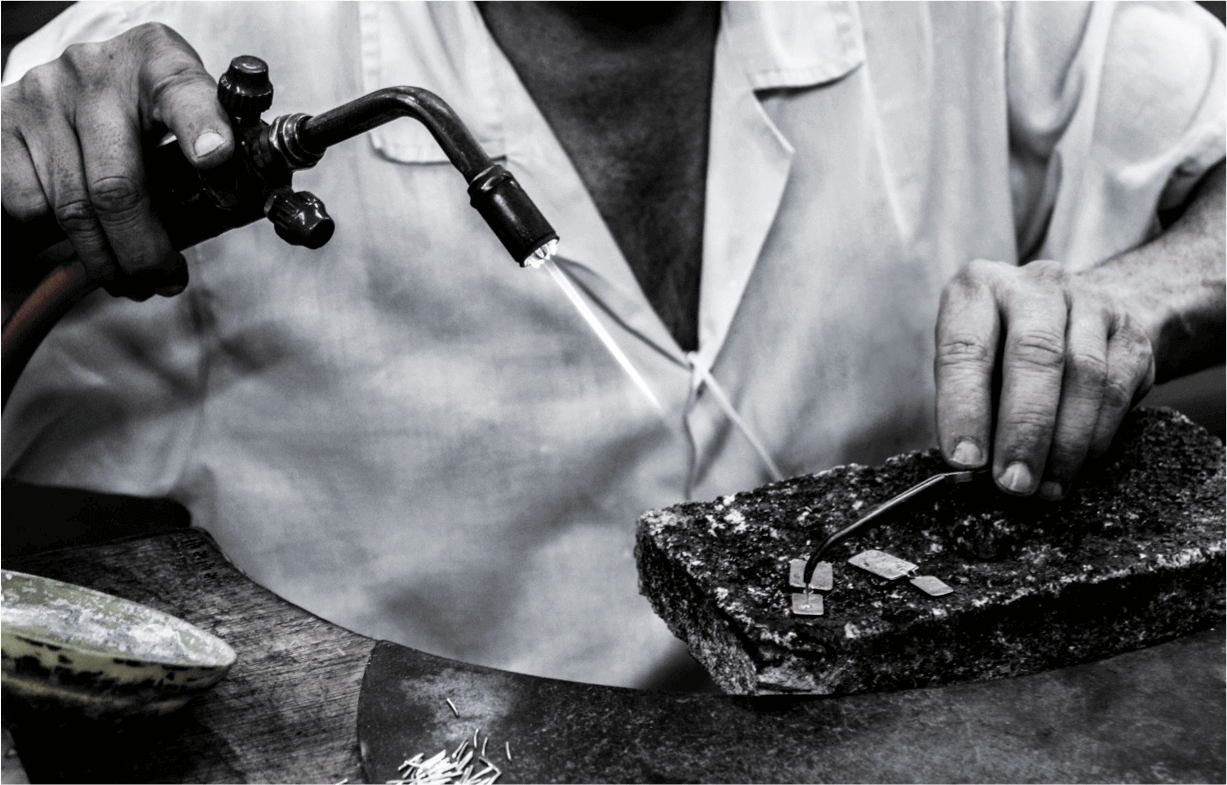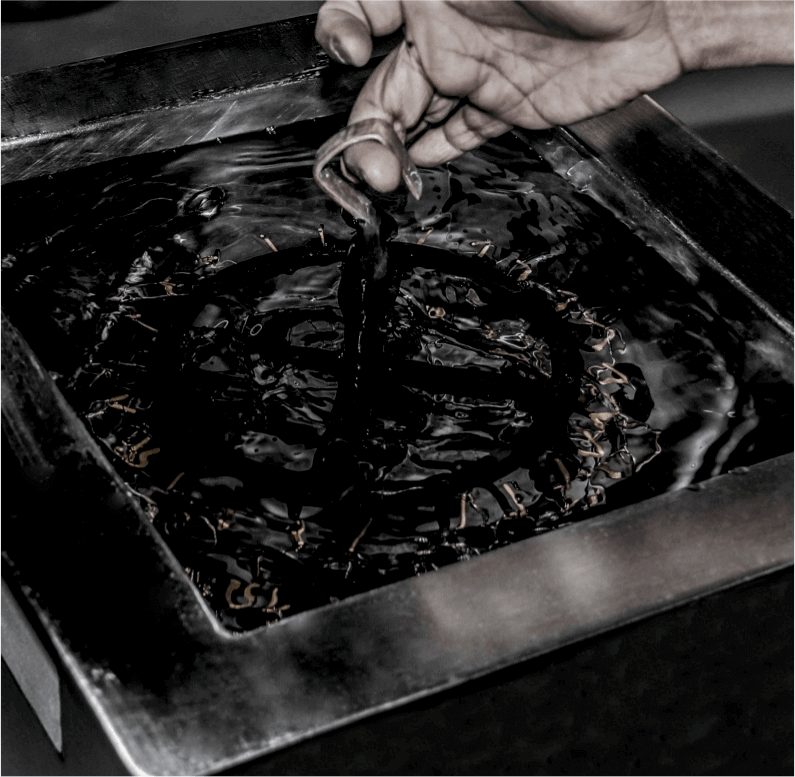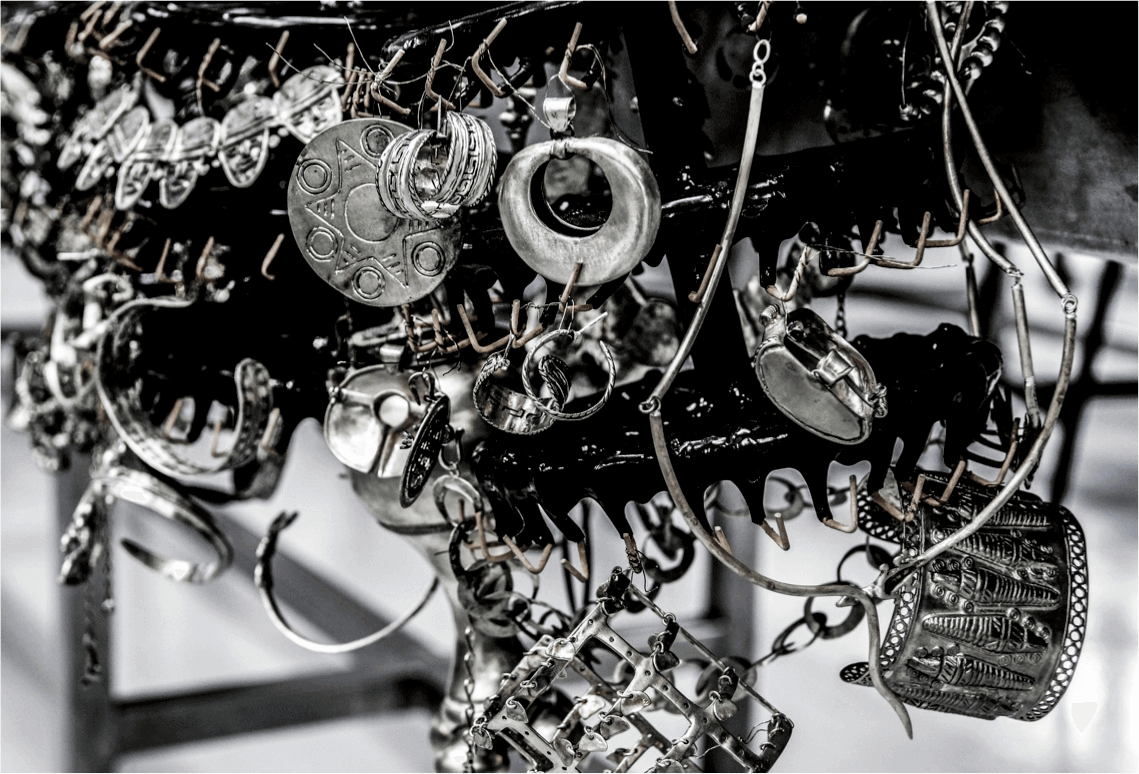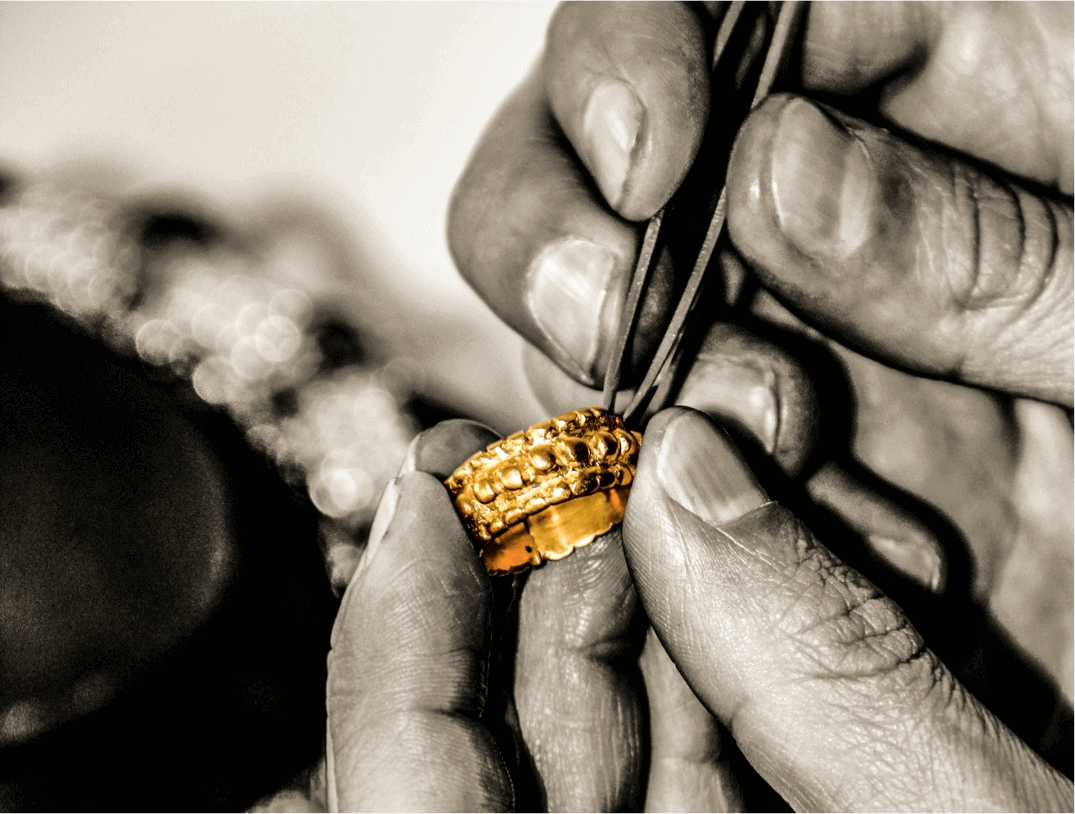Paula Mendoza is a Colombian designer, the founder and creator of New York based brand Paula Mendoza Jewelry. Her recognizable circular designs are not only a trend in her jewelry but also in the way she has run her business for more than 16 years. In terms of aesthetics, Paula utilizes the circle as a prominent component in each of her collections. For her the circle is representative of the balance between cause and effect as well as the shape of femininity. From the beginning, Paula has worked with Colombian artisans to bring her designs to life. It is these artisans that she first started working with that continue to be part of the Paula Mendoza circle – creating an intimate family whose handcrafted work, not only established this brand but has created an ethos of social responsibility for the country of Colombia and added to its richness.
Despite her inherent creative drive to design, Paula studied social communications. Realizing this was not the platform she wanted to utilize to express herself, she opens her first Atelier in Bogota, Colombia in 2003. A year later she moves to Washington, DC and establishes private clients where her circular designs quickly gained popularity. With a desire to take her designs to new heights, she studies Jewelry as Sculpture at the Corcoran Art Institute. Because of this course, Paula’s designs become ergonomic and form functioning to the body. Mixing the unparalleled craftsmanship of the Colombian artisans and her innovative approach to design won the attention of retailers and the media. Upon establishing New York as her headquarters six years ago, her brand has made it to the most reputable retailers worldwide such as Net-A-Porter, Saks, Harvey Nichols and Bergdorf Goodman. The jewelry’s presence and popularity have increased through celebrities and bloggers using her eye-catching pieces. Such popularity has lead the brand to be featured in countless publications like Vogue, Harper’s Bazaar, Elle, InStyle, W Magazine, as well as landing a cover on Allure this year, establishing the jewelry’s recognition.
From the beginning, Paula consciously decided to have her country not only as source of inspiration but as the source of production. Every material found in her pieces are locally sourced in as well as conflict free. This ranges from the gold that is used to plate the pieces to the raw emeralds that symbolize Colombia’s richness. Paula’s jewelry is recognized as not only physically sustainable but economically sustainable since the brand provides jobs to over 25 artisan families.
It is because of this economic sustainability that Paula has been recognized by her country’s president Juan Manuel Santos as one of the 100 Top Colombians changing the face of the country. This award acknowledges Paula’s sustainable fashion and the philanthropic energy that encompasses the essence of her and her brand. The DNA of this brand not only is a symbol for social responsibility but it is Paula’s outlet to demonstrate that kindness and success are not mutually exclusive. For the brand has proven that an entrepreneurial spirit and respect for others can still create art with meaning. Because of all that embodies the brand, Paula was just recently named Creative Director of Cano Jewelry – the oldest most respected jewelry brand of Colombia with more than 100 years of tradition.


